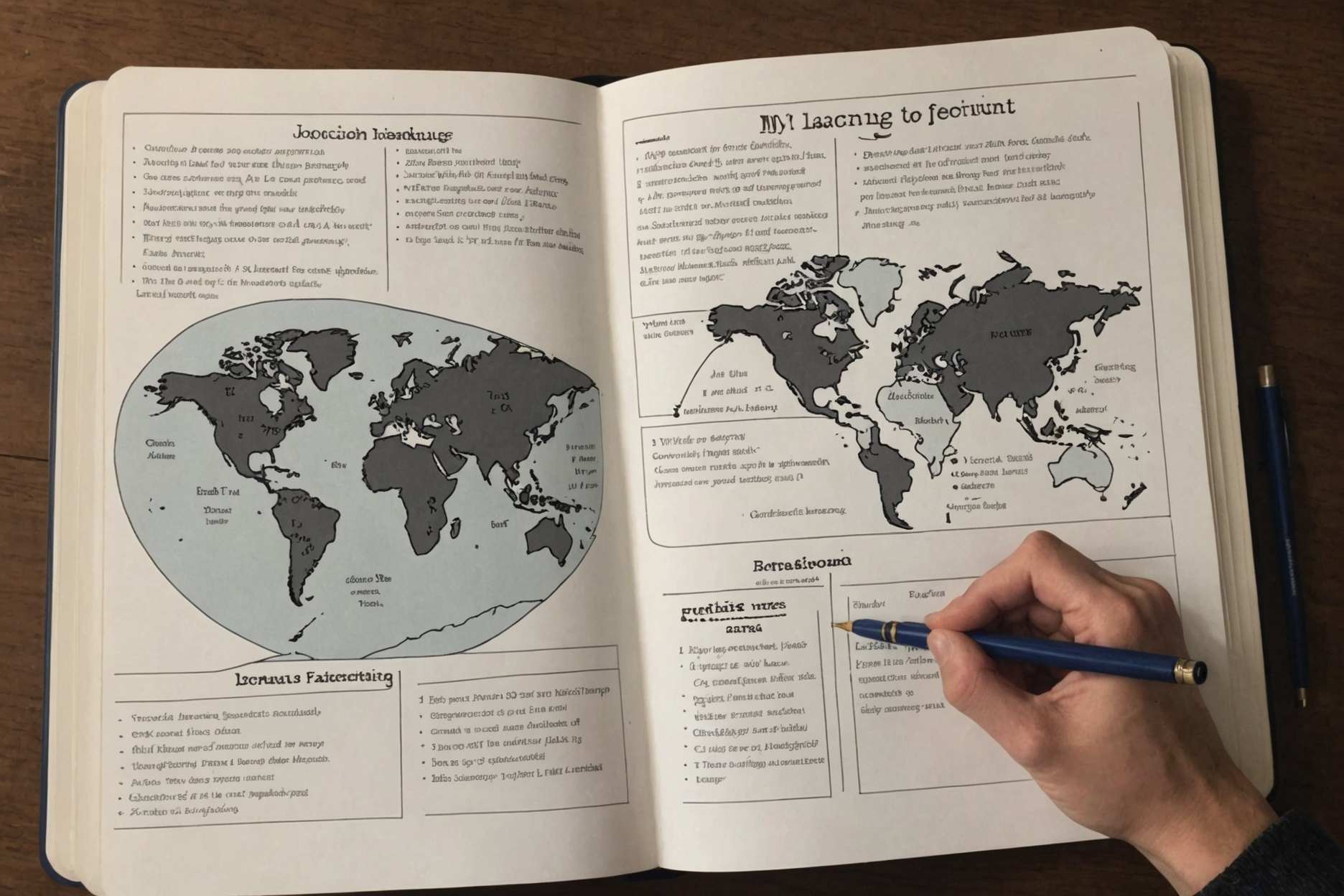
When you buy through links on our articles, Future and its syndication partners may earn a commission.

SpaceX will launch an advanced ocean-mapping satellite from California early Monday morning (Nov. 17), and you can watch the action live.
The Sentinel-6B spacecraft is scheduled to lift off atop a Falcon 9 rocket from Vandenberg Space Force Base on Monday at 12:21 a.m. EDT (0521 GMT; 9:21 p.m. on Nov. 16 local California time).
You can watch the launch live here at Space.com courtesy of NASA, or directly via the space agency. Coverage will begin at 11:30 p.m. EDT on Sunday (Nov. 16; 0430 GMT on Nov. 17).

Sentinel-6B is part of the European Union's Copernicus Earth-observing program. The new satellite will measure sea surface heights around the globe with great accuracy, continuing the work of its predecessor, Sentinel 6 Michael Frelich, which launched atop a Falcon 9 in November 2020.
"Monitoring sea-level rise is high on the global agenda," European Space Agency (ESA) officials wrote in a Sentinel-6B mission description.
"In the past 25 years, the average height of the world's oceans has risen by almost 10 cm [4 inches], according to data from Copernicus," they added. "The Copernicus Sentinel-6 mission has become the gold standard reference mission to monitor and record this key consequence of climate change."
Sentinel-6B will do this work using a radar altimeter instrument developed by ESA. The satellite also carries a NASA-provided microwave radiometer, which will determine atmospheric water content, allowing for more accurate interpretation of the altimeter's results.
During its first year of observations, Sentinel-6B will work with Sentinel 6 Michael Frelich, "enabling greater accuracy with precise cross-calibration between the two instruments," ESA officials wrote about the mission, which is a collaboration among the European Commission, ESA, NASA, Eumetsat, and the U.S. National Oceanic and Atmospheric Administration, with support from the French space agency CNES.
If all goes according to plan on Monday morning, the Falcon 9's upper stage will deploy Sentinel-6B about 57 minutes after liftoff. The 3,175-pound (1,440 kilograms) satellite will then make its way to its science orbit, which lies 830 miles (1,336 kilometers) above Earth.
The Falcon 9's first stage, meanwhile, will come back to Vandenberg for a landing about nine minutes after liftoff. It will be the third flight for this particular booster; its previous two missions lofted batches of SpaceX's Starlink broadband satellites, according to the company.
LATEST POSTS
- 1
 Independence from the rat race: How to Save and Contribute Carefully
Independence from the rat race: How to Save and Contribute Carefully - 2
 Flourishing as a Charitable Pioneer: Individual Encounters in Generosity
Flourishing as a Charitable Pioneer: Individual Encounters in Generosity - 3
 The 10 Most Famous Style Minutes on Honorary pathway
The 10 Most Famous Style Minutes on Honorary pathway - 4
 Involved Vehicles for Seniors: Track down the Best Picks for Solace and Unwavering quality
Involved Vehicles for Seniors: Track down the Best Picks for Solace and Unwavering quality - 5
 年金運用14.4兆円黒字 7~9月期(共同通信)
年金運用14.4兆円黒字 7~9月期(共同通信)
 5 Morning Schedules That Invigorate Your Day
5 Morning Schedules That Invigorate Your Day 25 of the world’s best sandwiches
25 of the world’s best sandwiches 仙台育英高校サッカー部「全国高校サッカー選手権大会」への出場辞退決める 部内での「いじめ重大事態」を受け(tbc東北放送)
仙台育英高校サッカー部「全国高校サッカー選手権大会」への出場辞退決める 部内での「いじめ重大事態」を受け(tbc東北放送) Vacation destinations in America
Vacation destinations in America Figure out How to Pick the Right Toothbrush for You
Figure out How to Pick the Right Toothbrush for You Scientists document a death from a meat allergy tied to certain ticks
Scientists document a death from a meat allergy tied to certain ticks Manual for Tracking down Spending plan Agreeable Travel Objections
Manual for Tracking down Spending plan Agreeable Travel Objections イーロン・マスク氏への最大「1兆ドル」規模の報酬案を承認…テスラ株主総会、時価総額増など条件達成で(読売新聞オンライン)
イーロン・マスク氏への最大「1兆ドル」規模の報酬案を承認…テスラ株主総会、時価総額増など条件達成で(読売新聞オンライン) Find the Keys to Fruitful Venture The board: Conveying Results on Time
Find the Keys to Fruitful Venture The board: Conveying Results on Time













